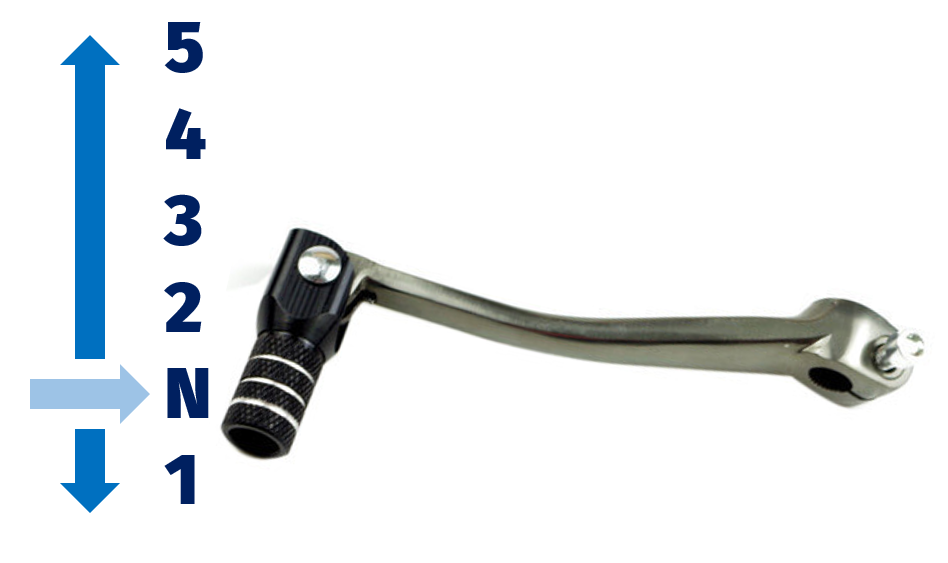
In the world of motorcycling, having the right gear is crucial to ensure safety and comfort. Over the years, the materials used in motorcycle gear have undergone significant advancements, resulting in lightweight and durable options that offer exceptional protection for riders. This article explores the evolution of motorcycle gear materials and their impact on the industry.
Fiberglass Reinforced Plastic (FRP)
One of the first materials to revolutionize motorcycle gear was fiberglass reinforced plastic (FRP). This composite material consists of glass fibers embedded in a polymer matrix, offering excellent strength and impact resistance.
FRP is commonly used in the production of helmets, providing a lightweight yet sturdy option for riders. Its ability to absorb impact energy greatly reduces the risk of head injuries in case of accidents.
Carbon Fiber
Carbon fiber is a lightweight but incredibly strong material made from carbon atoms. It has become increasingly popular in motorcycle gear due to its impressive strength-to-weight ratio.
Carbon fiber jackets and body armor offer superior protection without adding unnecessary weight or bulk. The material’s stiffness and impact resistance make it an ideal choice for riders who prioritize safety and performance.
Advanced Motorcycle Helmets
Carbon fiber has truly revolutionized helmet technology, paving the way for advanced safety features. Carbon fiber helmets are not only lighter but also offer improved energy absorption capabilities, effectively reducing the impact of crashes.
The use of carbon fiber in helmet construction ensures a high level of protection while maintaining optimal comfort for the rider. The exceptional strength of carbon fiber allows helmets to be designed with intricate shapes that enhance aerodynamics and reduce wind resistance.
Kevlar and Other Textile Technologies
While composite materials such as carbon fiber and FRP have significantly impacted motorcycle gear, textile technologies have also played a vital role in revolutionizing the industry.
Kevlar, a strong synthetic fiber, is frequently integrated into motorcycle gear, providing exceptional abrasion resistance. Jackets, pants, and gloves made with Kevlar provide riders with increased protection against road rash in case of accidents.
Other textile technologies, such as Cordura and ballistic nylon, have also contributed to the development of lightweight and durable gear options. These materials offer excellent tear and abrasion resistance, ensuring longevity and enhanced safety on the road.
Conclusion
The evolution of motorcycle gear materials has greatly impacted the industry, allowing for the development of lightweight and durable options that prioritize rider safety and comfort. With the ongoing advancements in materials technology, motorcycle gear continues to improve, offering riders increased protection without compromising on style or performance.

